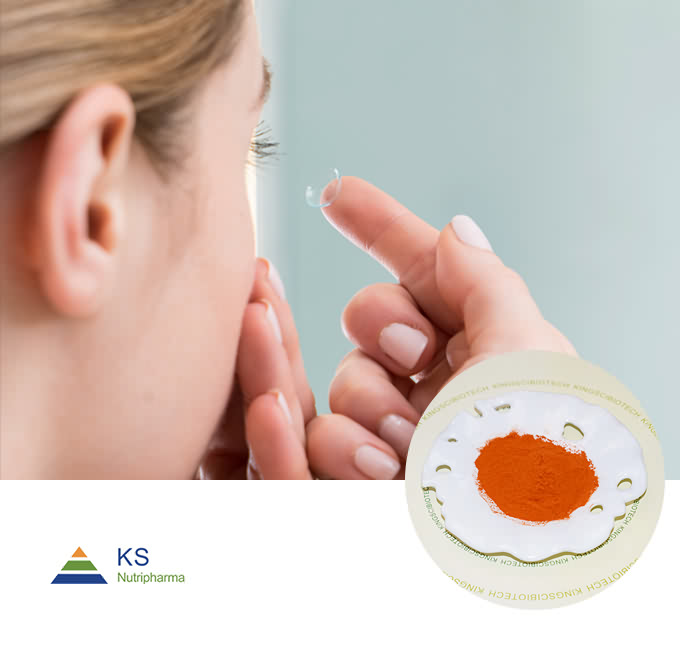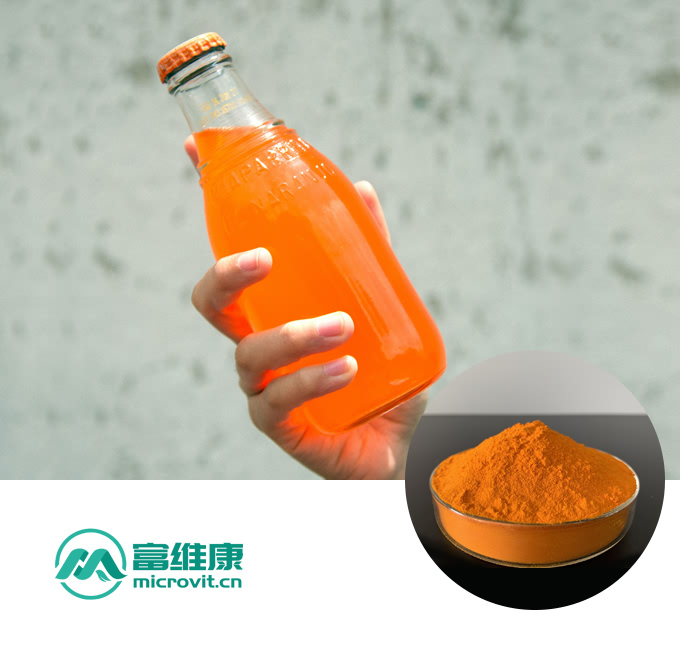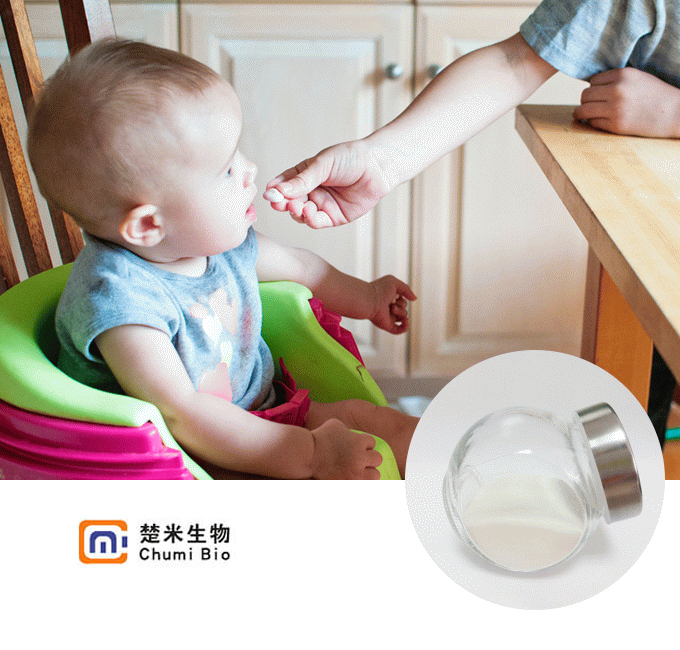Vision Health

-
CAS No.:
7235-40-7
Grade:Food Grade
Packaging:20KG Carton
Warehouse:California
- Description: β-Carotene is a powerful antioxidant and immune modulator. It stimulates both cellular and humoral immune responses. For example, β-Carotene supplementation increased plasma antibody concentration and enhanced the delayed-type hypersensitivity response in both dogs and cats.

-
CAS No.:
127-40-2
Grade:Food Grade
Packaging:1KG Foil Bag
Warehouse:California
- Description: Lutein is highly safe, non-toxic and harmless, and with its special physiological effects, it is in line with the development direction of food additives' "natural", "nutrition" and "multifunctional", and can be used with common food additives such as vitamins and lysine. Just add it directly to the food. Lutein is an important natural pigment and natural health product, and it is a raw material of green health food.

-
CAS No.:
7235-40-7
Grade:Food Grade
Packaging:20 Carton
Warehouse:California
- Description: β-Carotene is a powerful antioxidant and immune modulator. It stimulates both cellular and humoral immune responses. For example, β-Carotene supplementation increased plasma antibody concentration and enhanced the delayed-type hypersensitivity response in both dogs and cats.

-
CAS No.:
7235-40-7
Grade:Food Grade
Packaging:25 Carton
Warehouse:California
- Description: β-Carotene is a powerful antioxidant and immune modulator. It stimulates both cellular and humoral immune responses. For example, β-Carotene supplementation increased plasma antibody concentration and enhanced the delayed-type hypersensitivity response in both dogs and cats.

-
CAS No.:
144-68-3
Grade:Food Grade
Packaging:1 Foil Bag
Warehouse:California
- Description: Zeaxanthin is widely present in fruits, vegetables, and flowers. As one of the main components of carotenoids, it has the effects of preventing AMD, cataracts, and cardiovascular diseases.Zeaxanthin, as a health food additive, has been approved by the FDA in the United States as a new nutritional additive for use in foods, and its dosage generally does not exceed 5%.









































































































































































































































